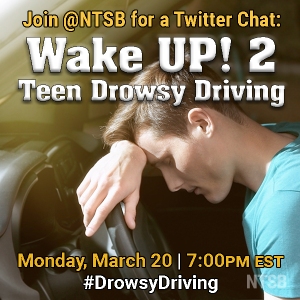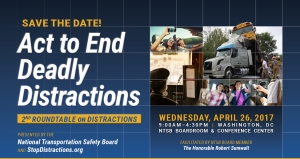As Women’s History Month draws to a close, we at the NTSB reflect on the thousands of women who have made a profound impact on transportation—at the NTSB and in the public, private, and nonprofit sectors. The contributions women have made to advance transportation safety, currently and throughout America’s history, are immeasurable and indispensable.
This weekend will mark the 50th anniversary of the NTSB opening its doors, and women have played key roles in the agency since its inception. In 1969, Isabel Burgess was nominated to be the first female Board member. In 1974, Mary Wallace (“Wally”) Funk became the first woman given the official title of Air Safety Investigator at the Board. Throughout the NTSB’s history, there have been seven female Board Members and three female Chairmen of the Board. Kay Bailey (later Kay Bailey Hutchison), once Vice Chairman of the Board, went on to become a US senator from Texas, where she served as the ranking member on the Senate Commerce, Science, and Transportation Committee. On a personal note, I had the pleasure of serving with our former Chairman, Debbie Hersman, who is now president and CEO of the National Safety Council.
Today, women make up 40% of the staff at the NTSB. There are 22 women working specifically on aviation safety issues. Nineteen women are in leadership roles as Member, directors, deputy directors, and supervisors.
The number of great accomplishments achieved by women at the NTSB and in the transportation industry is too great to attempt to tally. Women have been essential fibers in the fabric of the NTSB since day one, and they continue to make essential contributions. In addition to the women included in our administrative, human resources, and other support teams, the women who serve the NTSB as accident investigators, technical writers and editors, recommendation specialists, safety advocates, transportation disaster assistance specialists, recorder specialists, chemists, attorneys, and engineers ensure that the mission of this agency is fulfilled, day in and day out.
This month, and every month, the NTSB honors women in transportation and all the contributions they have made—and will continue to make—both within and outside the agency.


